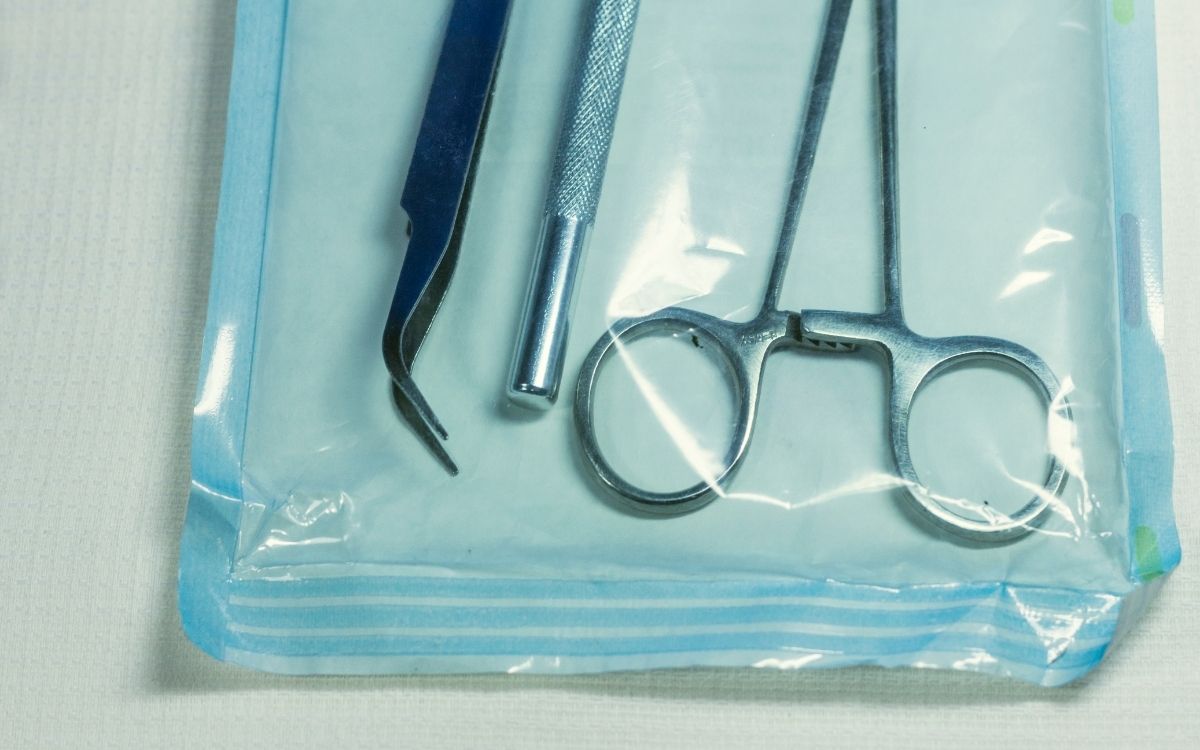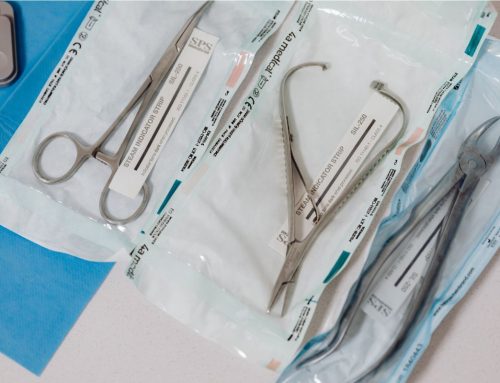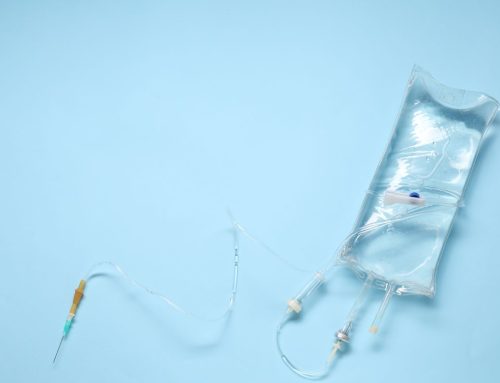Surgical devices are tools used to perform specific actions during surgery or other medical procedures. Uses include modifying biological tissue or providing access to internal organs or other body parts for the purpose of excision, removal, replacement, or repair. According to the World Health Organization, around two million types of surgical devices exist, and these fall into more than 7,000 categories.
For the manufacturers of surgical devices, choosing suitable packaging materials is critical to ensure the safe distribution of products to buyers.
4 Types of Surgical Device Packaging
Research shows the medical device packaging industry was worth $29.32 billion in 2020, and is expected to grow to $41.91 billion by 2026. The predicted expansion is mainly due to the increased demand for low-cost, high-volume packaging.
Here are some of the most common types of packaging components used in the industry.
Pouches
Pouches are the most common type of packaging used to transport non-breakable, low-cost surgical devices and are expected to comprise the biggest share of the packaging market growth. They are commonly manufactured from natural rubber, neoprene, or polyvinyl chloride (PVC), depending on whether a soft, flexible pouch is needed or a rigid one.
Bags
Bags with resealable openings are also popular for low-cost surgical device packaging, particularly instruments that can be reused. These offer more value than basic tear pouches do. Forming film solutions made from polyurethane are used to protect prosthetic implants, surgical screws, and any other devices that need to—or can—remain flexible during transportation and storage.
Rigid Containers
Rigid containers are vital for the packaging of fragile surgical devices and those that must be kept sterile. Containers can be made from natural rubber or PVC and treated with an antimicrobial additive to ensure they remain free of bacteria. Medical practitioners can confidently open the surgical device packaging in a sterile environment without the risk of contamination before use.
Urethane Foam Trays
For higher-cost surgical devices and equipment, protection during transport and storage is critical to ensure the components arrive in perfect condition. Molded urethane foam trays and supports provide cost-effective packaging with high impact resistance. These trays can be constructed to fit any shape required with a high degree of accuracy, and can even be branded with the name of the manufacturer or distributor.
The Importance of Sterile Seals
Regardless of which type of packaging your company uses to ship your surgical devices, many containers likely require airtight, sterile seals. At Midwest Rubber Company, we manufacture seals from medical-grade silicone that fit perfectly into the openings of rigid rubber or PVC containers. These are also often treated with antimicrobial additives to ensure they can deliver the highest possible levels of protection for surgical devices.
The Demand for Compliance
As the healthcare industry continues to grow due to the increasing number of hospitals, therapeutic equipment manufacturers, and peripheral service centers, demand will increase for surgical device packaging that responds to budgetary concerns and meets antimicrobial requirements. Traceability compliance is another concern for the users of surgical products, so it’s critical for equipment manufacturers to commission device packaging materials from certified, established suppliers they can trust.
For more information on developing the best surgical device packaging for your products, please contact us at 810.376.2085.



